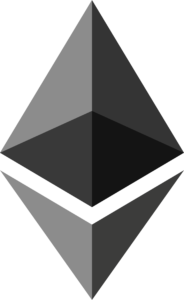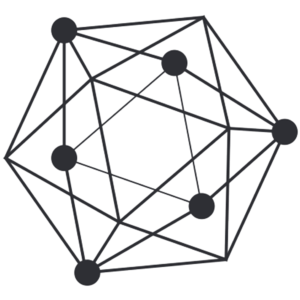Various industries are leveraging the power of Distributed Ledger Technology(DLT) , for eliminating intermediaries from legal and financial transactions.The technology popularly known as Blockchain, can help to store digital records in a secure and auditable manner, thus encouraging a speedy,secure and effective transfer of digital assets.
Today Blockchain has extended its arms across various sectors like payments, identity management, insurance, healthcare, and digitization of physical assets.
Corblocks Team of Blockchain experts and domain specialists can help in implementing “Tailored DLT solutions” for industries across various sectors. We can ensure that all your peer-to-peer (P2P) transactions are faster, transparent and 100% secure.
Explore a gamut of Blockchain development services at Corblocks that can increase your business productivity.


